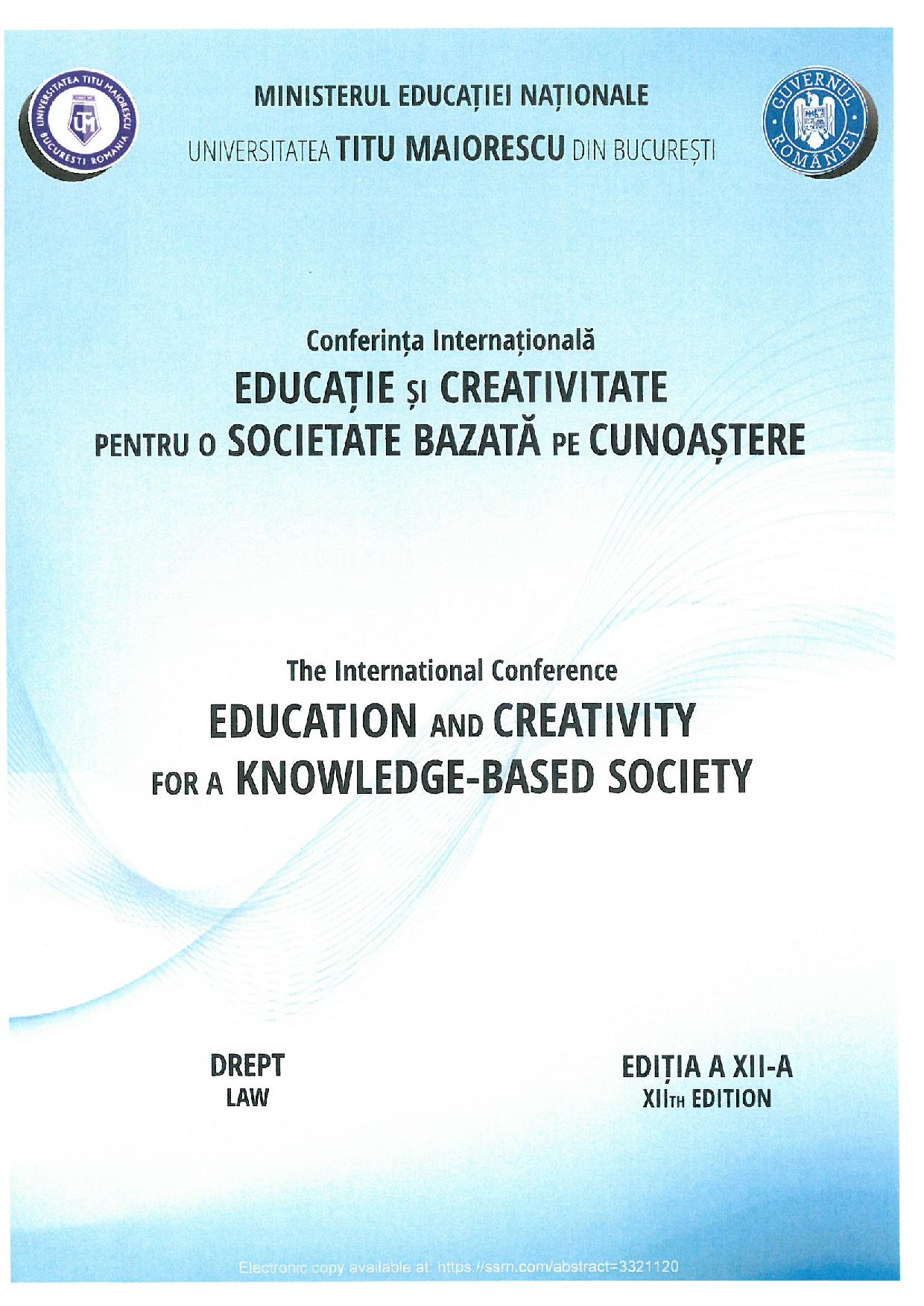THE PROTECTION OF VICTIMS OF TRAFFICKING IN HUMAN BEINGS IN THE EUROPEAN LAW SYSTEM
THE PROTECTION OF VICTIMS OF TRAFFICKING IN HUMAN BEINGS IN THE EUROPEAN LAW SYSTEM
Author(s): Ionica Sarkis, Dragoș-Andrei Nedelcu, Florina-Denisa PuşcăuSubject(s): Criminal Law, EU-Legislation
Published by: Österreichische Nationalbibliothek Wien/ Österreichisch-Rumänischer Akademischer Verein
Keywords: European Union; trafficking in human beings; victim protection;
Summary/Abstract: Trafficking in human beings is a flagrant violation and one of the most serious crimes against human rights, unanimously recognized by the international community. Being consistently assimilated to a form of modern slavery, trafficking in human beings in Europe is expected to reach the depth of other illicit activities, such as arm trafficking and drug trafficking, over the next ten years. Even if it is not a new phenomenon, in recent years, increasing mobility throughout Europe and the development of new technologies have contributed to the increase in trafficking in human beings. Sexual exploitation, forced labour or begging, forced marriages and the sale of children are the main purposes of trafficking in human beings. In the European Union, these forms of exploitation take place largely within its borders: especially in Eastern and Central Europe - such as Romania and Bulgaria. However, Western Europe is also a destination for victims in Africa, Asia and South America. Despite more than three decades of commitment to maximizing cooperation in the fight against human trafficking, the Union's concrete action to prevent and combat crime, and in particular to protect and assist the victims of this scourge, remains extremely daunting.
Journal: Conferința Internațională Educație și Creativitate pentru o Societate Bazată pe Cunoaștere - DREPT
- Issue Year: XII/2018
- Issue No: XII
- Page Range: 185-191
- Page Count: 7
- Language: English

